Parts of the Muslim world have responded with anger at the latest editor of satirical magazine Charlie Hebdo, which featured a cartoon of Mohammed holding a sign saying ‘Je Suis Charlie’.
Hundreds of protestors in Algeria gathered, chanting “I am not Charlie, I am Mohammed”, according to reports by Euronews.
And in Niger’s second largest city of Zinder, four people were killed and 45 wounded after protestors clashed with police. The French cultural centre took the brunt of the anger as the mob set it alight, along with attacking churches in the area.
The protests turned violent after Friday prayers, and the crowds that gathered in Turkey were spurred on by the President Erdogan who said that publishing the cartoons had nothing to do with freedom of expression but with “terrorising the freedom of others”.
While across France and other countries the Kouachi brothers will be remembered as blood thirsty terrorists who murdered journalists, at the Fatih mosque in Istanbul some protesters were praying for the memory of the two extremists.
“We’re here to protest against the insult to our Prophet and to hold funerals and prayers for our two brothers (Cherif and Said Kouachi)” said one of the demonstrators.
But the most violent scenes could be found in Pakistan, where insulting Mohammed carries the death penalty.
And yesterday the Pakistani Parliament passed a motion condemning what it calls the ‘blasphemous’ cartoons.
Thousands took to the street as MPs were debating the resolution, holding slogans saying “Down with Charlie Hebdo”, “We Curse the Prophet Cartoon” and even “Making blasphemy cartoon of the Phrophet is the worst act of terrorism…the sketch-makers must be hanged immediately”.
Around 200 protestors clashes with police outside the French consulate in the city of Karachi as the demonstration turned violent.
Local photographer Assif Hassan was shot and seriously wounded in the violence and others were injured in the protests.
The journalist, who works with French news agency AFP, was one of at least three casualties in the violent protests against the cover of what has been dubbed the ‘Survivors’ Issue’ of Charlie Hebdo magazine.
Hassan is said to be recovering at the Aga Khan University Hospital and he was described as ‘stable and conscious’ after a bullet entered his back and exited his chest, harpooning a lung, according to sources.
It appears the protest outside the French consulate in Karachi was started by the student wing of the religious Jamaat-e-Ismali party who were one of a number of Islamist groups across the deeply conservative religious country who held protests against the French magazine.
Witnesses as the scene blamed protesters for the violence, saying they opened fire on police after they were blocked from getting closer to the consulate – the real target of their ire.
Reports from the event say that a policeman and a local TV cameraman were also injured, although their wounds were described as ‘minor’ and they have been discharged from hospital.
The Committee to Protect Journalists, which is based in New York, released a statement demanding the police find those responsible for the shooting of Mr Hassan, with Bob Dietz, the group’s Asia programme coordinator saying “journalists in Pakistan must be able to safely cover newsworthy events.”
“We call on authorities to quickly and thoroughly investigate the shooting of Agence France-Presse photographer Asif Hassan and to hold the perpetrators to account,” he added.
Pakistan is the deadliest country in the world for journalists, according to statistics from the International Federation of Journalism after 14 died in 2014 alone.


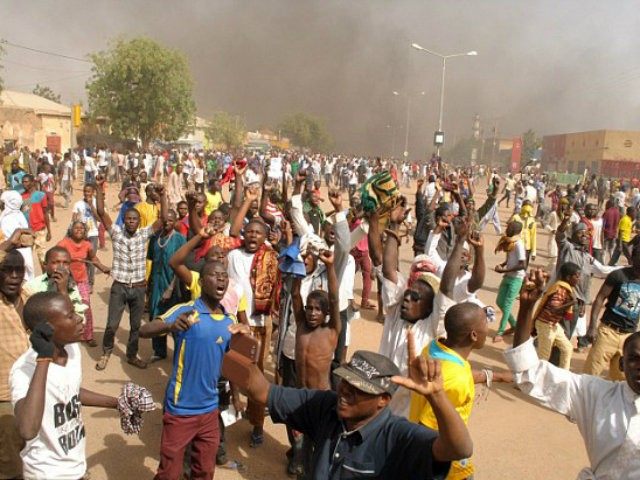

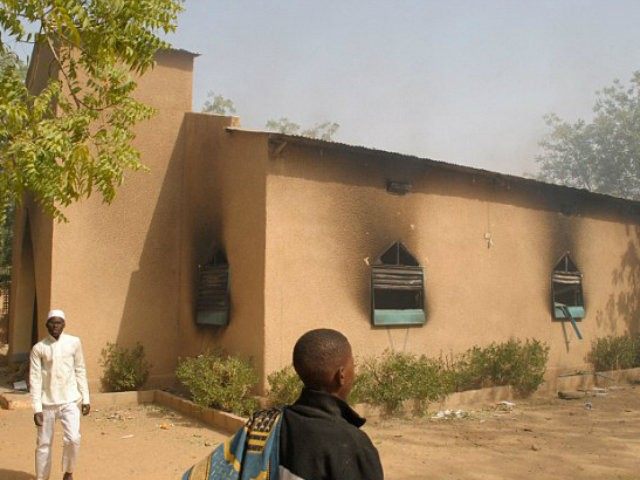

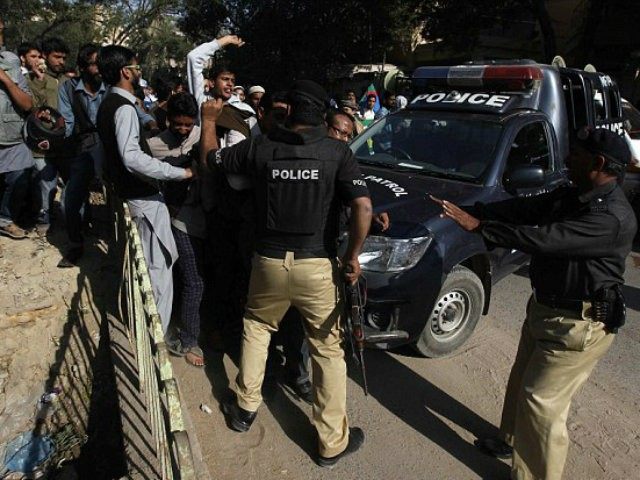
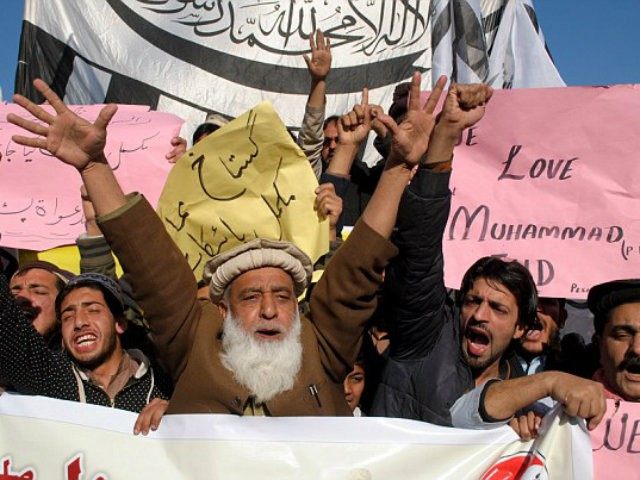
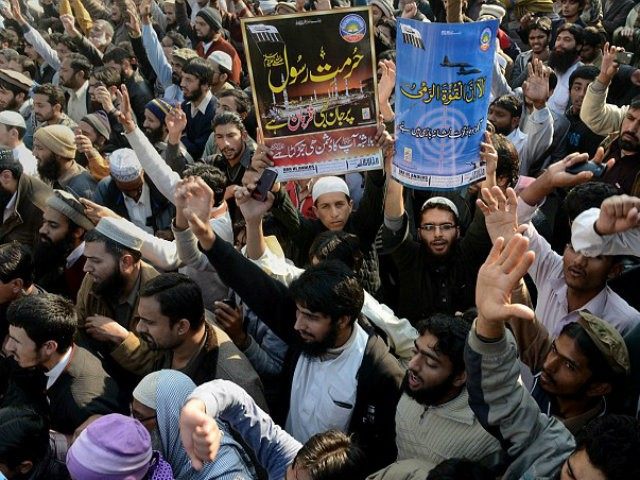

COMMENTS
Please let us know if you're having issues with commenting.